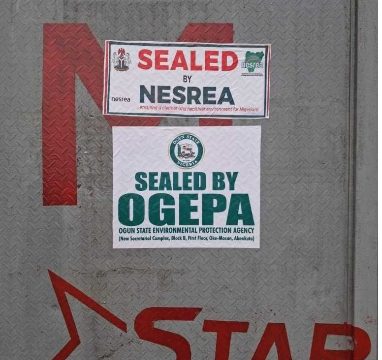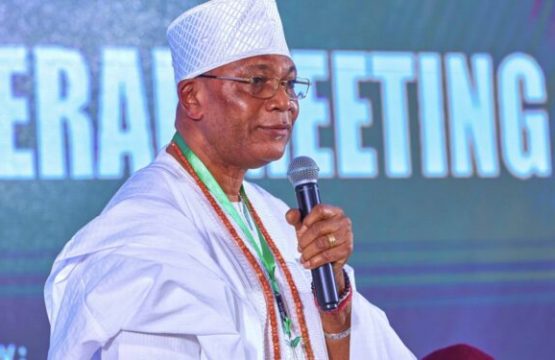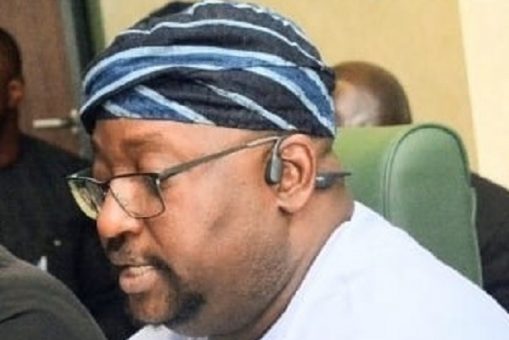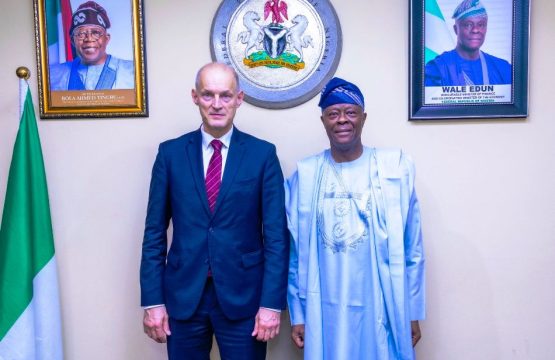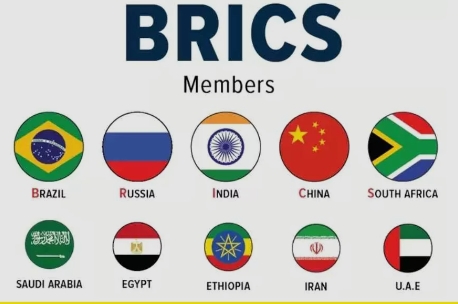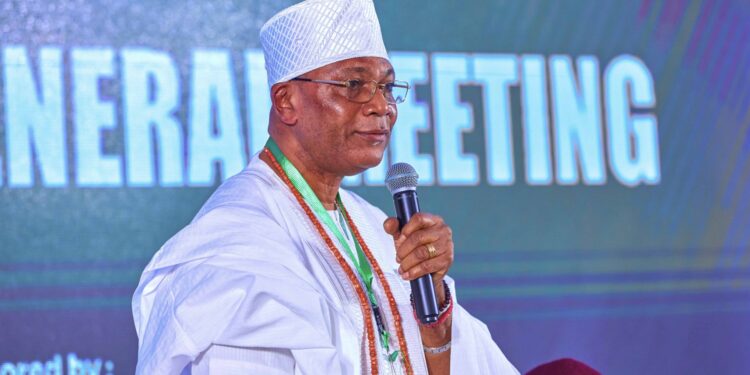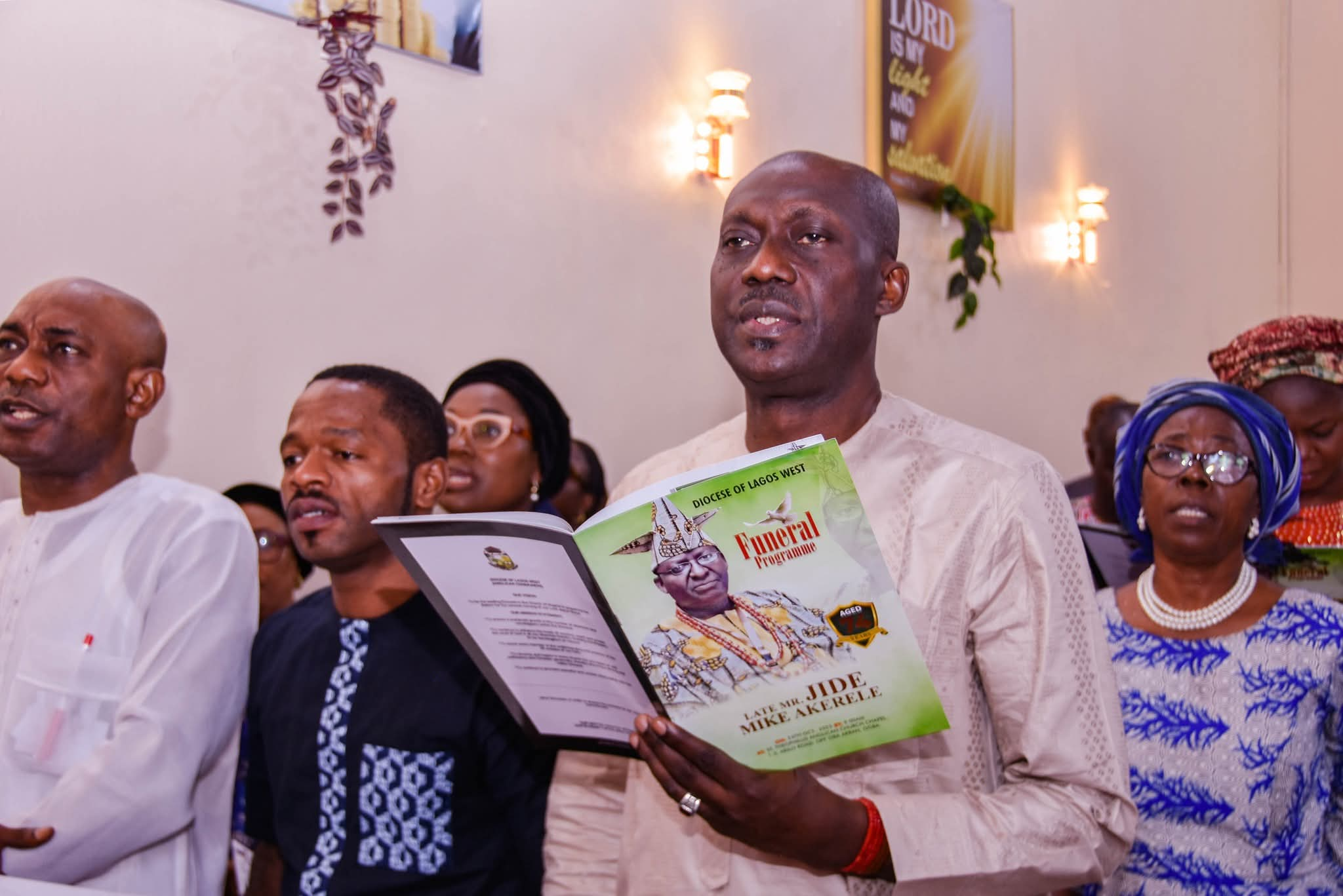Where should Africa align? Or can Africa strengthen AfCFTA at home while leveraging BRICS+ abroad—without being consumed by either?
As global power blocs shift and trade alliances redraw themselves in real time, a strategic dilemma faces Africa:
Should Africa deepen alignment with the BRICS+ group or consolidate gains under the African Continental Free Trade Area (AfCFTA)?
Where should Africa align? Or can Africa strengthen AfCFTA at home while leveraging BRICS+ abroad—without being consumed by either?
More importantly, what will become of African manufacturers, regardless of the side African governments align with?
This latter question holds particular relevance in Africa’s quest for industrial transformation, particularly through the pursuit of manufacturing excellence.
With BRICS expanding to include Egypt, Ethiopia, and other African countries, and AfCFTA now entering its first real implementation decade, African manufacturers are standing at a critical crossroads: global opportunity vs continental market consolidation.
The rise of BRICS+, with China, India, Brazil, Russia, and now new African members and partners, signals a bold recalibration of global influence.
At the same time, Africa’s own trade integration vision, the African Continental Free Trade Area (AfCFTA), is slowly but steadily unfolding, promising to recast the continent not as a patchwork of national markets but as a unified industrial landscape for a regional trade-enabled economic resurgence. AfCFTA:
Building African Value Chains from Within
The AfCFTA is Africa’s flagship trade integration project—an ambitious vision to create the largest free trade area in the world by number of countries.
With over 50 African nations signed on, it promises to boost intra-African trade, harmonise rules of origin, reduce tariffs, and support local industries.
For manufacturers, AfCFTA offers: A captive continental market of 1.4 billion people .
Opportunities for regional supply chains (e.g., West African pharmaceuticals, East African leather, North African fertilisers)
Stronger and harmonised policy alignment and industrial strategies under the AU’s BIAT and IDDA III frameworks
Emerging cross-border SME corridors and digital trade facilitation tools .But the reality on the ground is more sobering. Progress is slow.
As of 2025, only a small subset of countries has begun actual trade under AfCFTA rules. Bottlenecks in customs, logistics, and trade finance continue to choke the system.
The political will is present, but execution remains fractured. Notwithstanding, AfCFTA remains Africa’s best bet to industrialise from within, to manufacture for Africans with African value creation at the centre.
BRICS+: The Global Alternative (or Complement)?
On the global front, BRICS is transforming into BRICS+, expanding its footprint to include countries from Latin America, the Middle East, and now Africa.
Together, BRICS+ accounts for over 40% of the global population and increasingly challenges the Western-centric financial and trade architecture.
For African manufacturers, BRICS+ offers:Access to huge markets with growing middle class, consumption, easier financing via development banks like the New Development Bank (NDB)Technology transfer and industrial cooperation (e.g., agro-processing, EV assembly, digital infrastructure)Strategic non-dollar trade agreements and infrastructure deals
This is not a marginal opportunity. It’s a front-row seat at a table where new industrial orders are being written.
However, alignment with BRICS+ also carries risks. BRICS+ is not a development agency. It is a geopolitical bloc advancing the interests of its largest members.
Without a unified African front, the continent risks falling back into old patterns: supplier of raw materials, consumer of finished goods. Because it could deepen Africa’s dependence.
✓ Culled from July 2025 | PAMA News
Bulletin

